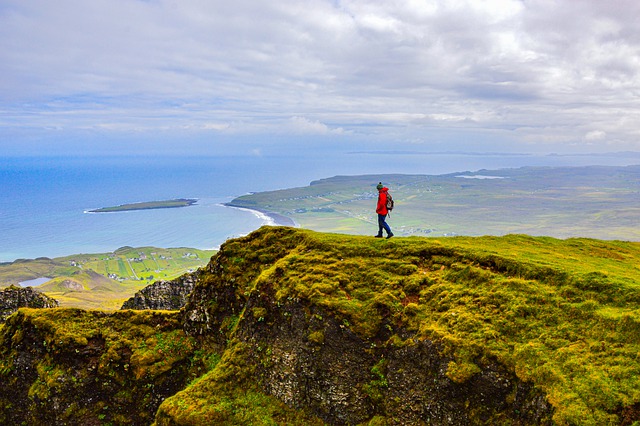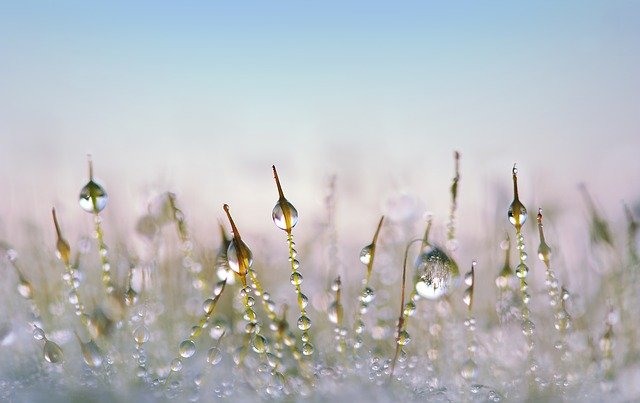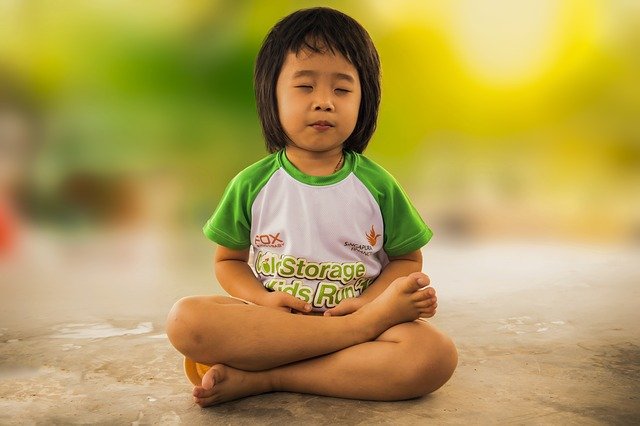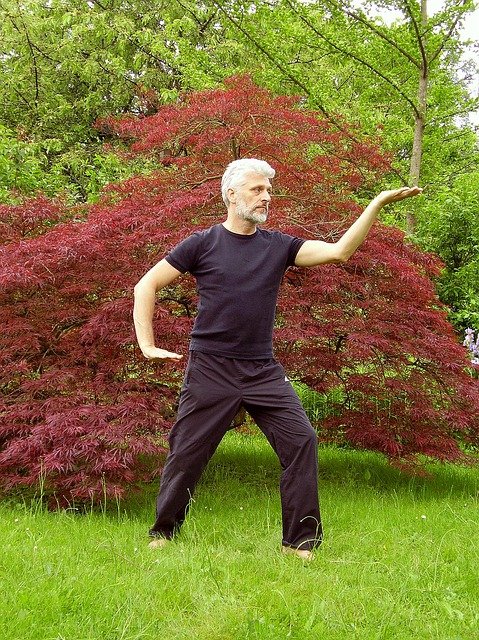Allyson Pimentel in a recent MARC weekly podcast spoke about the power of meditation to enable us to befriend ourselves and others. Her guided meditation is titled, Meditation as a Path of Friendship. The meditation does not focus on self-improvement per se but on how to improve our relationship with ourselves, a relationship which impacts on our interactions with others. If we are down on ourselves, for instance, it is difficult to be open and accepting of others. When we are not at ease with ourselves, it is easy to be envious of others and resentful towards them.
Befriending yourself in meditation
Being kind to yourself in meditation begins with such simple things as ensuring that you adopt a comfortable position during the meditation, whether lying down, sitting, or standing. It also involves undertaking a body scan to identify tense points in your body and to relax them.
Allyson suggests that you begin initially with a slow deep breath to help relax your body and open yourself to relaxing breath meditation. This form of meditation entails focusing on your in-breath and your out-breath without any attempt to control them – just letting them be, while observing how they feel in your body with the rise and fall of your abdomen or chest or the smooth passage of air in your nose. It involves appreciating that no matter what is going on around you or where you are, your breathing-on-auto is keeping you alive.
Jon Kabat-Zinn stresses the need to be non-judgmental when we are purposely in the present moment while meditating. He suggests that self-acceptance begins with acknowledging that as human beings, we are constantly engaged in thinking – whether planning, analysing, criticising, judging, or evaluating. The act of thinking is perfectly human, and we can befriend ourselves by accepting that we will have distracting thoughts when we are trying to focus during meditation. However, by constantly returning to our meditation focus, our anchor, we can progressively build up our attention muscle.
This refocusing requires us to notice that we are planning or evaluating, to name what is happening (“I’m evaluating again”) and to observe our thoughts as passing clouds, not entertaining them or dwelling on them. This simple process of refocusing (that is hard to do) is a way to befriend ourselves through self-acceptance, to value ourselves enough to want to increase our capacity to pay attention and concentrate (to activate our highest potential) and to free ourselves from negative self-judgment.
Allyson suggests that you can befriend yourself by choosing an anchor that is comfortable for you and that does not trigger any negative physical or emotional reactions. Each one of us has our own preference for an anchor – whether it is our breathing; sounds within our room or externally; or some form of bodily sensation such as the sensation of warmth and tingling as our fingers are touching or the feeling of being supported as our feet are firmly on the ground or floor.
Our anchor helps us to develop the capacity to be in the present moment, appreciate what is good in our life and grow in mindfulness – being increasingly self-aware, better able to manage our difficult emotions, becoming more patient and tolerant, and learning to accept what is. As we develop self-forgiveness and self-care, we can experience ease and tranquillity and become more sensitive to the needs of others.
Befriending others
The more we can befriend ourselves through meditation, the better we are able to befriend others. We will be more aware of our own limitations and more accepting of those of other people, better able to control our reactions to the words and actions of others, more willing to listen and build relationships and more able to find joy in the achievement of others (rather than envy).
Through meditation we develop a deeper sense of our connectedness, of our common humanity. We also begin to appreciate the importance of connectedness for our mental health and wellbeing, as well as for that of others. We can see in others what we value in ourselves – including our common appreciation of nature and all it has to offer for our well-being.
Reflection
As we develop self-compassion, our compassion for others also grows and we become more willing to take compassionate action, including deep listening in times of another’s need. Self-understanding and self-acceptance, developed through meditation and other mindfulness practices, are foundational to befriending ourselves and others.
_________________________________
Image by Michael Gaida from Pixabay
By Ron Passfield – Copyright (Creative Commons license, Attribution–Non Commercial–No Derivatives)
Disclosure: If you purchase a product through this site, I may earn a commission which will help to pay for the site, the associated Meetup group and the resources to support the blog.








